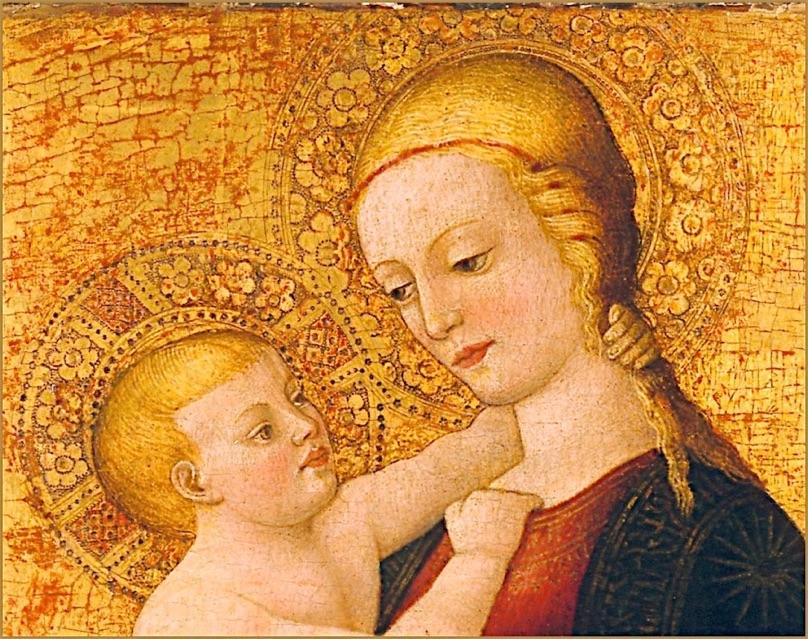The Digitalisation Project Castle Huis Bergh is the intellectual property of the Stichting Musick’s Monument. Ing Hans Meijer was responsible for the technical realisation; Dr Willem Kuiper for the scholarly input. Thanks are also due to the Anjer Cultuurfonds Gelderland; the Stichting de Verenigde Stichtingen “De Armenkorf” in Terborg and “Het Gasthuis te Silvolde”; Mrs P. Tijdink-Hermsen; Mrs L.J.C. Meijer-Kroonder; and the Giese family.




Panel
Neri di Bicci (1419-1491)
ltaly, Florence
This triptych, depicting Mary, Jesus, Peter and Paul is of small size, and therefore not suitable for use in a larger church. It must have been ordered and owned by a rich prelate or wealthy nobleman for private use. As such, it is a typically fifteenth century artefact. As the late Middle Ages moved towards the threshold of the Modern World, several religious movements arose which propagated a more individually experienced belief. Clearly then, this is a work of the early Renaissance, for more than one reason:
1. The body of the infant is depicted naked, and with a great deal of anatomical detail;
2. Neri di Bicci went to great lengths to depict the Holy Family as a human family. Mary and the child are really interacting: note how Jesus holds his mothers collar. The Mary type that Bicci depicts is generally named Mater Amabilis -the sweet mother. The person on the left wing of the triptych is Peter. We can recognize him by his fishermans looks: round head, grey hair, short beard; and by his key: Peter is said to have received the keys of the Kingdom of Heaven from Christ. In striking contrast to Peter are the long face, the dark hair and the long beard of Paul, the person on the right wing of the triptych. He holds a sword as a reference to his decapitation. The Romans made a distinction between Jewish and Roman converts to Christianity: the former were crucified (the punishment for both political dissidents and common criminals), the latter were beheaded. The punishment for Roman citizens was considered more honourable. Christ, considered as a political offender, was crucified according to these Roman laws, whereas Paul, a Roman citizen, was beheaded.

